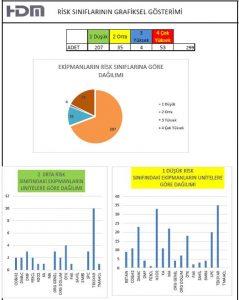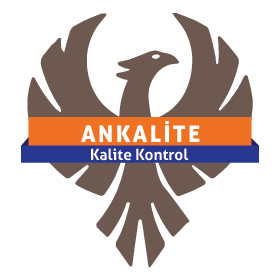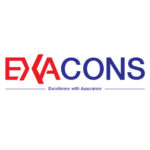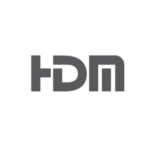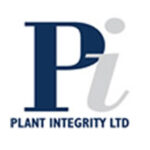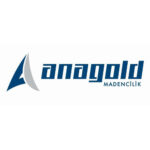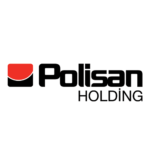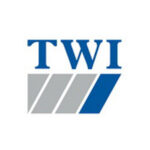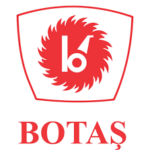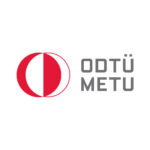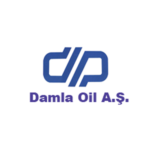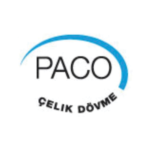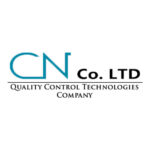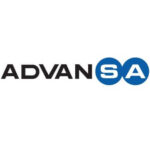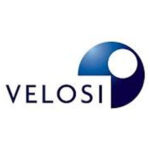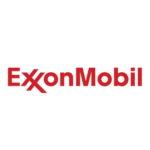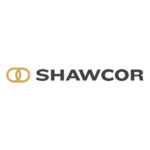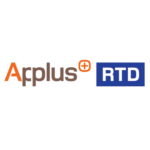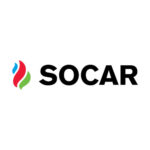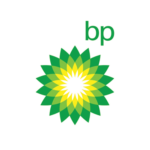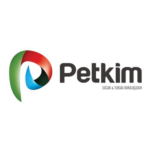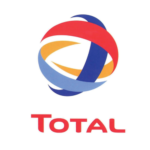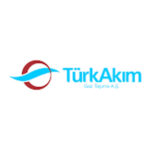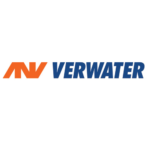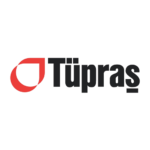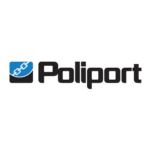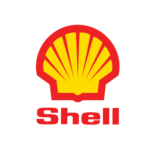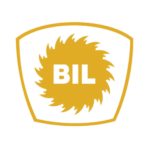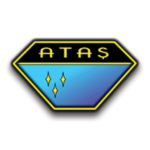Inspections of Pressure Vessels
(API 510)
Pressure vessels are among the most risky and critical equipment in operations such as refineries, petrochemical plants, chemical facilities, petroleum filling stations, and similar enterprises.
As ANKALİTE, we are to have performed inspections for over 250 pressure vessels in numerous refineries, petrochemical plants, and chemical facilities in our country.
- Global tanks,
- Compressors,
- Heat exchangers,
- Boilers,
- Horizontal-vertical storage tanks,
- Horizontal-vertical heat exchangers,
- Process towers.
API 510 standard establishes the inspection methods and assessment criteria for these equipment. In accordance with these standards, inspections for pressure vessels are conducted using the methods outlined below.
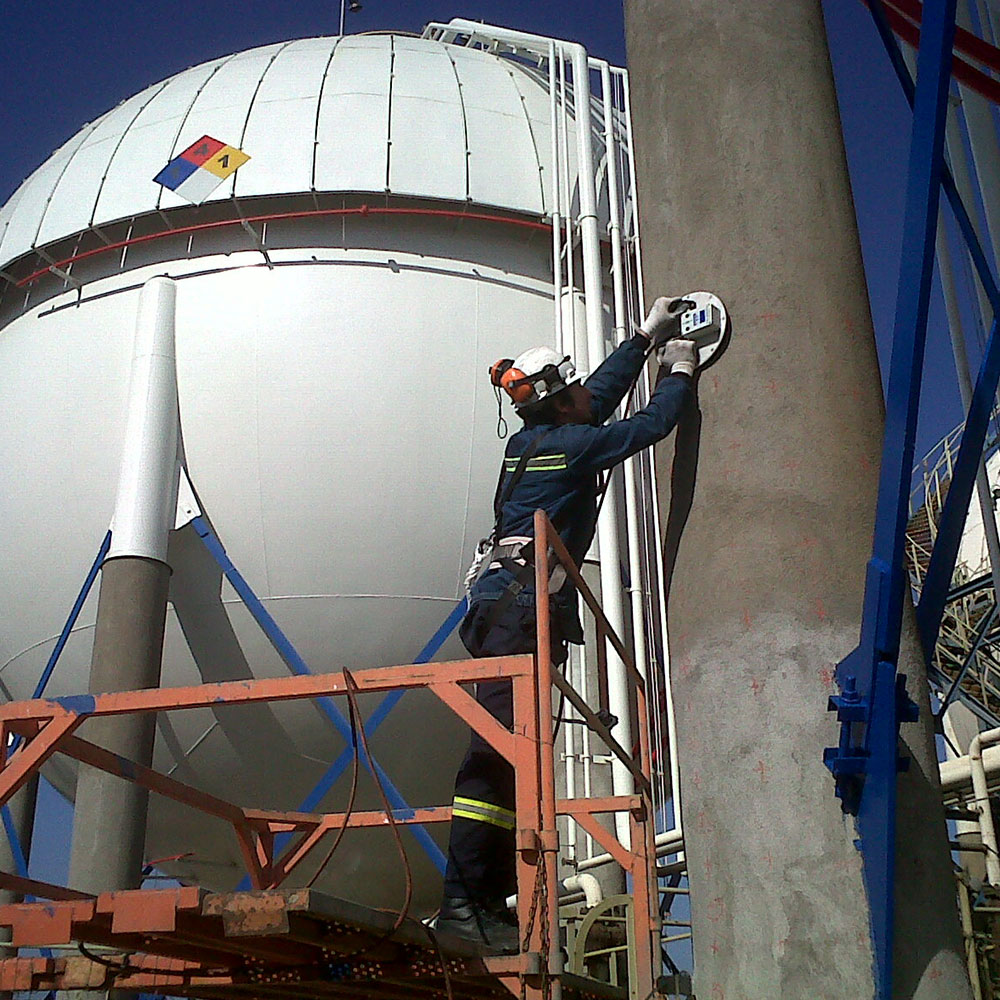
Visual Inspection:
In compliance with the “Regulation on Health and Safety Conditions in the Use of Work Equipment,” a visual inspection is carried out by an authorized API 510 pressure vessel inspector, externally or internally, whether the tank is in operation or not. Possible damages are reported and evaluated.
UT Thickness Measurements:
Thickness measurements are taken from the body, bottom, and top sections of the pressure vessel. Subsequently, corrosion allowance, corrosion rate, remaining theoretical life, and other calculations are carried out according to API 510 and API 572 standards.
Hydrostatic Test Inspections
: A hydrostatic test is applied to the pressure vessel at the pressure and duration determined by the authorized API 510 inspector, and the inspection is conducted and approved by the inspector.
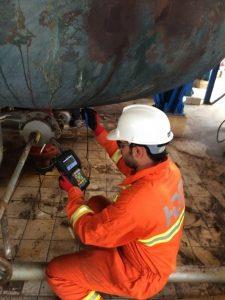
Weld Inspections (MT-PT-UT):
To detect potential cracks in weld seams, magnetic particle inspection or liquid penetrant inspection is conducted by Level 2 personnel in the areas identified by the authorized API inspector, following standard procedures. When a more comprehensive inspection is required, weld seams are examined using the ultrasonic inspection method.
Global Tank Leg Inspections:
The legs of a global tank are covered with concrete to prevent them from being affected by a potential fire, which could lead to the collapse of the tank. Testing for corrosion in the steel metal beneath the concrete can be done by either breaking the concrete or, alternatively, by using INCOTEST without breaking the concrete.
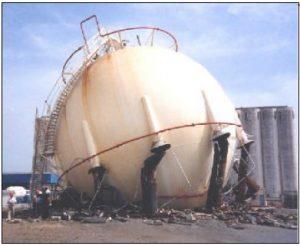
API 510 Authorized Inspector Report
In the API 510 Authorized Inspector’s final report, data from all mentioned inspections is evaluated, and discrepancies in the tank, necessary repairs, measures to reduce corrosion rates, and safety precautions for the workplace are specified.
According to the thickness measurement results taken from the tank, the calculations specified in the API report include:
- Audit Activity
- Corrosion Speed
- Corrosion Margin
- Theoretical Life Calculation
- Maximum Allowable Working Pressure (MAWP) for pressure vessels
- Maximum Hydrostatic Test Pressure for pressure vessels
- Maximum Hydrostatic Test Pressure for pressure vessels
- Classification of pressure vessels based on their risks
- Next inspection date
